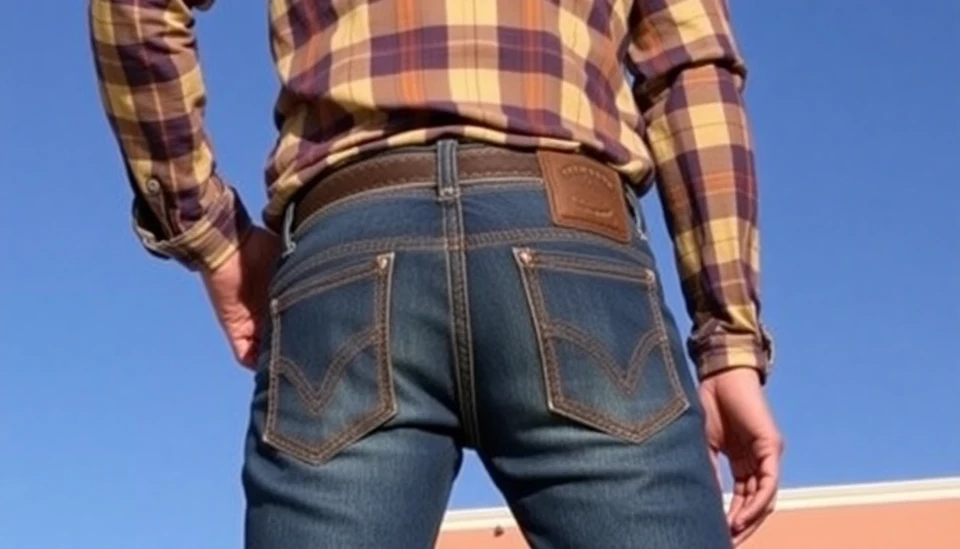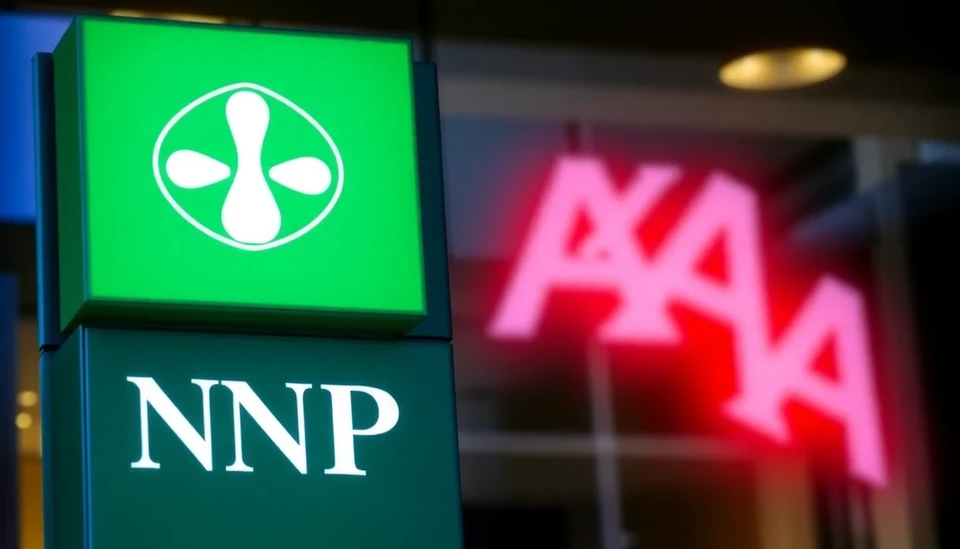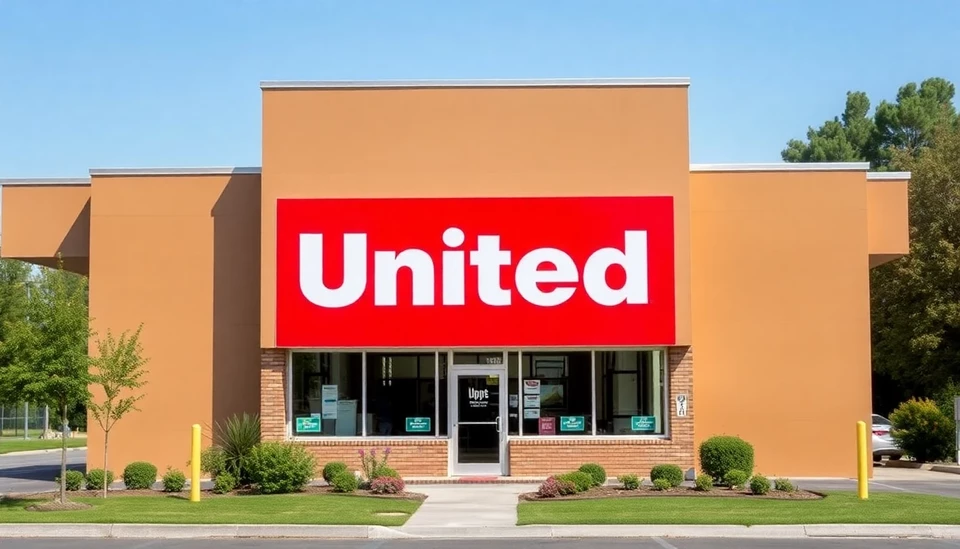
The ongoing economic challenges are prompting American consumers to reassess their spending habits, a trend that has significantly affected companies across various sectors. One prominent example of this shift is the recent announcement from the makers of Wrangler jeans, who reported a disappointing decline in sales. This news highlights the broader issue of how consumers are battling rising living costs and adjusting their purchasing behavior accordingly.
In a press release issued on February 25, 2025, the parent company of Wrangler, which is part of the larger global apparel giant, announced that the first quarter of the fiscal year would see a notable downturn in revenues. This development comes as no surprise as many consumers have been feeling the crunch from inflation, high energy costs, and increased interest rates, which have led to a reticence towards discretionary spending.
Leading analysts suggest that the markdown of sales reflects a broader trend in retail where brands that once thrived during less turbulent economic times are now struggling to maintain their market share. Analysts had previously estimated a 10% increase in sales for the iconic Wrangler label, but the current economic environment has forced these projections to be revised downward sharply.
Consequently, the company has begun to roll back its inventory and is looking into cost-saving measures in an effort to mitigate financial losses. This includes cutting down on production expenses, which may involve reducing labor hours and material costs. As part of these efforts, the company is also exploring new marketing strategies to entice consumers back into stores and encourage purchases once again.
Consumer behavior has taken a pronounced turn, with many opting for budget-friendly clothing options over premium brands. Additionally, there has been a marked increase in thrift shopping as shoppers seek to stretch their budgets further. This shift poses a daunting challenge for brands like Wrangler that have built their reputation on premium pricing and quality garments.
The broader implications of these market shifts are being keenly felt across all tiers of the retail space, as iconic brands grapple with the new economic reality. It raises significant questions about sustainability and future strategies—especially for those that rely heavily on the loyalty of middle-income consumers who are now forced to prioritize essentials over luxury items.
This resistance to purchasing, especially among younger demographics, has led many retailers to take drastic measures to re-engage potential customers. Industry insiders note that experimentation with pricing tactics, including discount promotions, loyalty programs, and collaborations with more affordable brands, will become increasingly common as retailers strive to adapt to consumers' changing preferences.
Overall, the economic landscape continues to evolve, and companies like the Wrangler manufacturer must pivot accordingly to navigate these turbulent waters. As consumers reassess their priorities and shift their spending habits, the future viability of established brands will heavily depend on their ability to remain relevant and appealing during these challenging times.
In conclusion, the latest sales figures from the makers of Wrangler clearly indicate that consumers are under pressure and are making more calculated choices about their spending. This signals a pivotal moment for retailers as they work to redefine their strategies within a rapidly changing marketplace.
#Wrangler #RetailTrends #ConsumerBehavior #EconomicImpact #FashionIndustry #BudgetShopping
Author: John Harris




